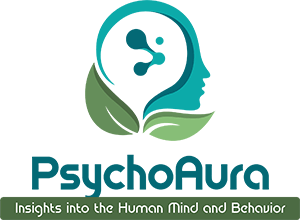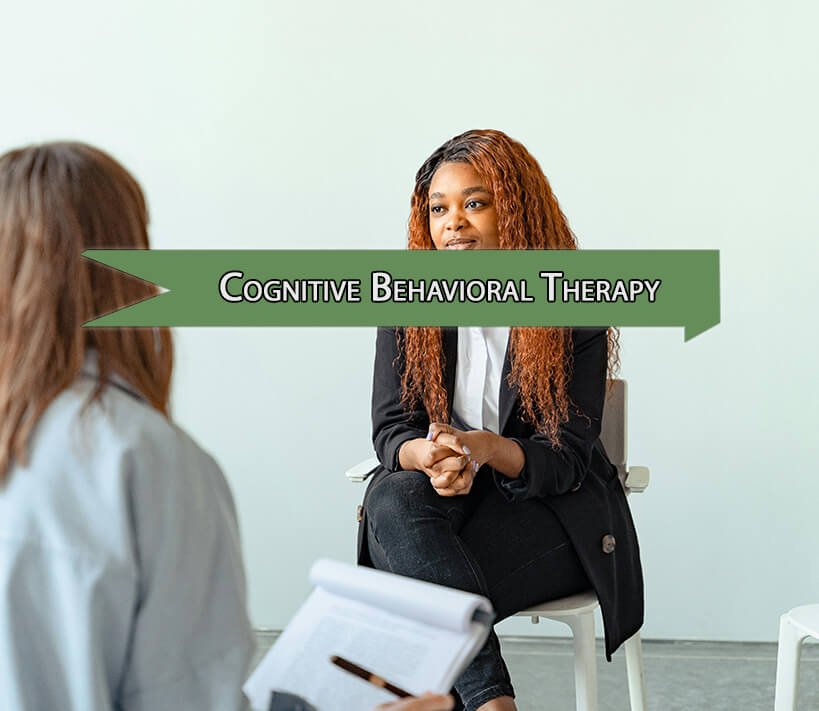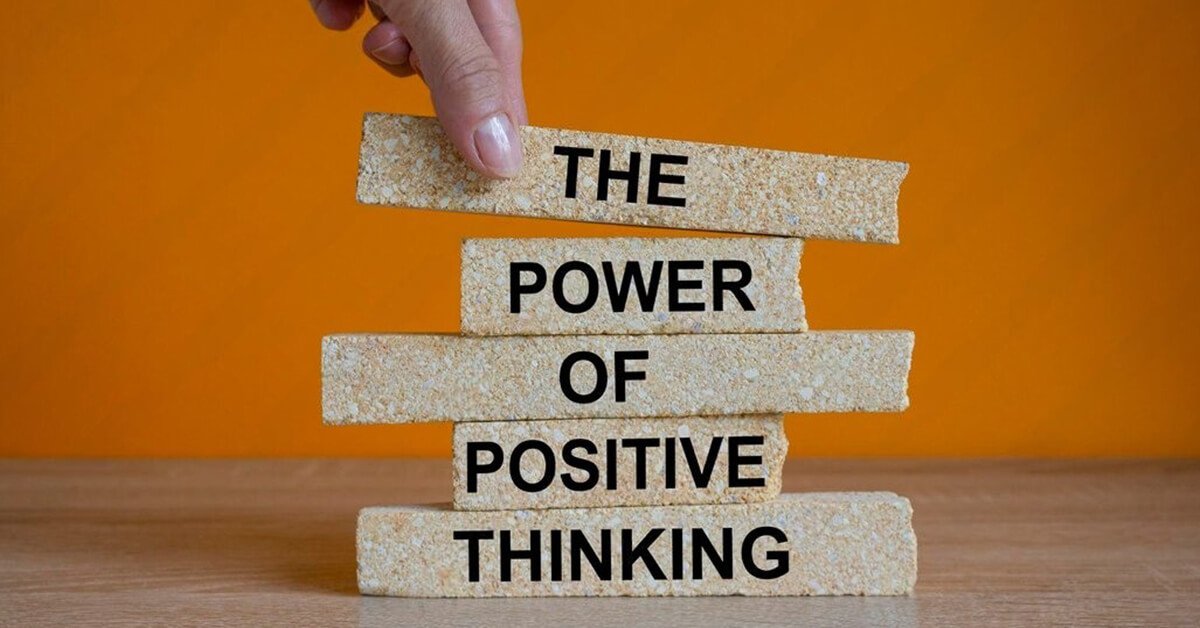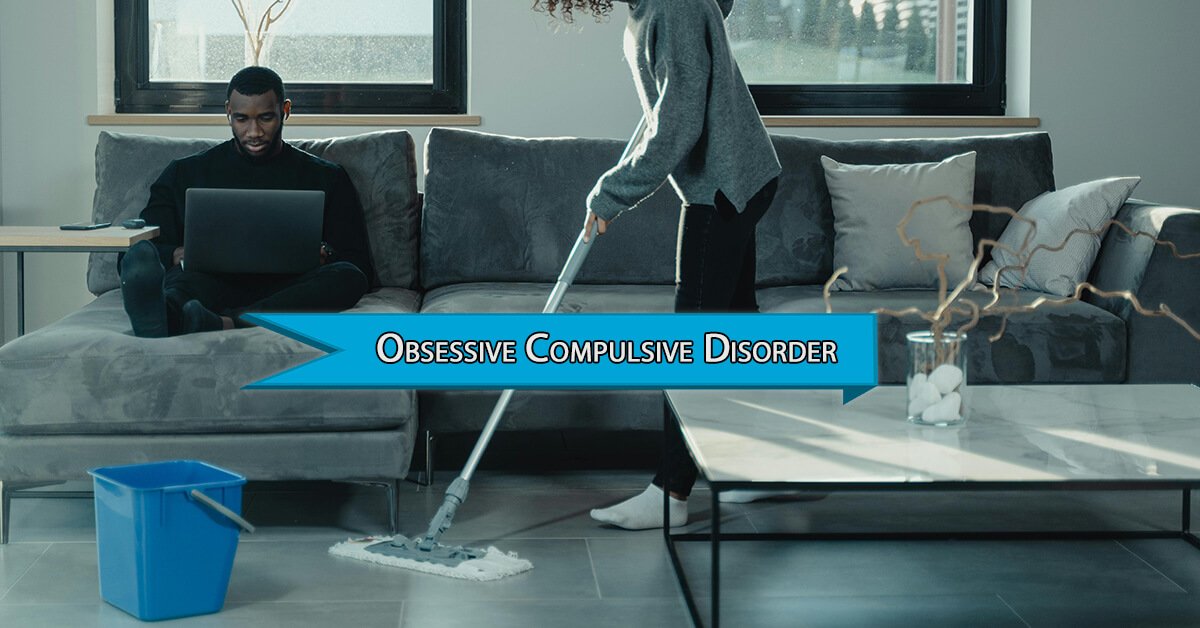Not every thought you have is necessarily actual. This simple idea lies at the heart of Cognitive Behavioral Therapy (CBT), a transformative, evidence-based approach to mental health that has helped millions reshape their inner world. Whether it is being stuck in childhood memories or venting daily frustration, CBT offers a practical path to change. It identifies unhelpful thoughts, challenges them, and builds new patterns of thinking and behavior.
At its core, CBT works on a powerful premise, that our thoughts, behaviors, and emotions are interconnected. When we change the way we think, it also transforms how we feel and how we choose to act. The beauty of this model lies in its simplicity and its ability to empower individuals to become active participants in their healing process. At Psychoaura, we adopt a transformative approach to help individuals take control of their mental well-being and foster lasting, positive change.
Why is Cognitive Behavioral Therapy so Effective?
Cognitive Behavioral Therapy CBT does not just treat symptoms, it also teaches valuable skills. Whether you are dealing with anxiety, depression, PTSD, insomnia, or OCD, CBT provides practical tools to help manage and reduce stress effectively. It encourages self-awareness, builds emotional resilience, and promotes long-term mental wellness by assisting individuals to understand the root of their challenges and equipping them with coping strategies that lead to sustainable, positive change. The more you practice these tools, the more automatic they become. This is because CBT rewires the brain through neuroplasticity, helping to create healthier mental pathways. Instead of passively enduring emotional pain, CBT empowers you to question and challenge your thoughts, leading to greater control over your emotional well-being. With time, you begin to react differently, not because life has gotten easier, but because your mindset has grown stronger.
The Thought-Feeling-Behavior Triangle
At the heart of CBT lies a profound yet straightforward triangle: thoughts, feelings, and behaviors. These three constantly interact. For example, thinking “I am not good enough” can lead to feelings of sadness or anxiety, which may cause someone to withdraw from others, reinforcing the original belief. CBT helps you break this loop. You learn to spot distorted thinking patterns, such as catastrophizing, black-and-white thinking, or mind-reading, and challenge them with evidence. This goal is not unquestioning optimism but realistic clarity.
Cognitive Behavioral Therapy (CBT) as a Lifestyle
The influence of CBT extends far beyond the therapy room. Its principles now shape self-help books, mobile apps, workplace wellness programs, and school systems. People widely use techniques like journaling, mindfulness, and thought records as tools to build emotional intelligence and resilience. In this way, Cognitive Behavioral Therapy CBT not only treats mental disorders but also enhances mental fitness. Just as people use physical exercise to strengthen the body, they turn to CBT to sharpen the mind. Many consider it the mental equivalent of lifting weights or practicing yoga, a way to stay strong, flexible, and grounded through life ups and downs.
Conclusion
Through the principles of Cognitive Behavioral Therapy, lasting change is made possible by reshaping how thoughts, emotions, and behaviors are understood and managed. By individuals, the tools and techniques of CBT are gradually being adopted, not only to overcome psychological challenges but also to strengthen mental fitness in daily life. As the mind is consistently trained with realistic, evidence-based strategies, emotional resilience is built, and self-awareness is increased. Over time, new neural pathways are formed, and healthier responses are reinforced. Whether practiced in therapy sessions, classrooms, or personal routines, the benefits of CBT are being continuously realized, and lives are being transformed, one thought at a time.




